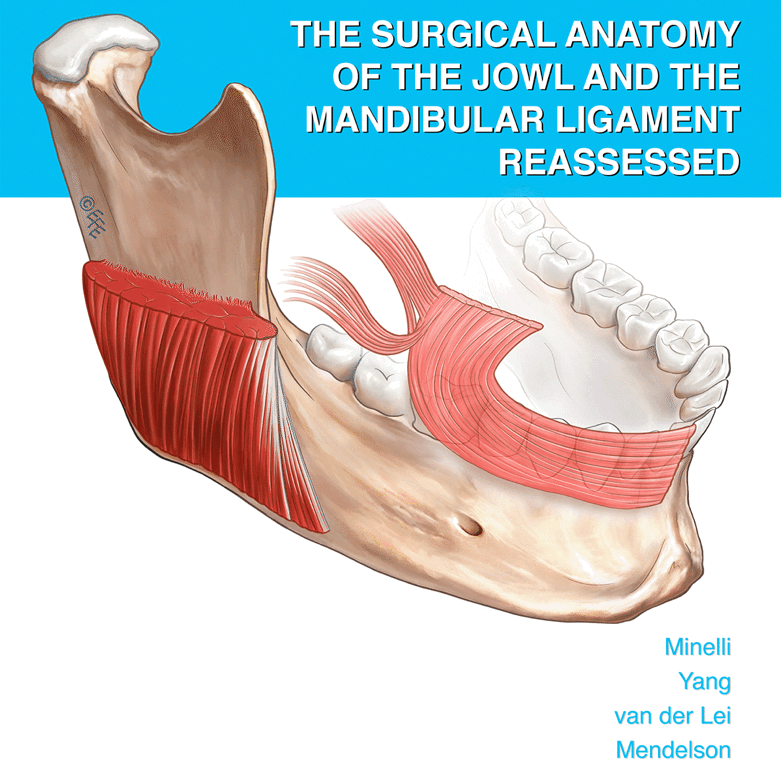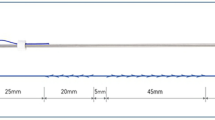Abstract
Introduction
Rhinoplasty was one of the most frequently performed aesthetic surgeries in the USA in 2022. Traditionally, the open approach has been preferred by the majority of surgeons often due to familiarity and ease of visualization. However, patient interest in closed and preservation rhinoplasty is driving a resurgence in the popularity of endonasal techniques. We present a series of 100 consecutive endonasal primary and revision rhinoplasty cases using bilateral isolated modified rim incisions.
Methods
One-hundred consecutive patients underwent closed rhinoplasty via isolated modified rim incisions at a single-surgeon private practice. The senior author performs 100% endonasal rhinoplasty. A retrospective chart review was performed from 06/25/20 to 09/21/22. Information on demographics, complications, and need for revision was collected.
Results
Eighty-four patients underwent primary rhinoplasty, 11 underwent secondary rhinoplasty, 4 underwent tertiary rhinoplasty, and 1 underwent quaternary rhinoplasty. Isolated modified rim incisions were used in all cases except in cases of septoplasty when a unilateral Killian incision was added, or in cases of lateral osteotomy when vestibular stab incisions were added. Post-operatively, six (6.0%) patients required revision, all of which were performed under local anesthesia.
Conclusion
Limited incision rhinoplasty is a reliable surgical approach that produces predictable results with a low revision rate. This technique is highly effective in minimizing soft tissue disruption to ensure safe, reliable, and effective outcomes in primary and revision rhinoplasty. It is an easier technique to learn compared to traditional endonasal and even arguably open rhinoplasty, thus lending itself to widespread adoption especially among novice rhinoplasty surgeons.
Level of Evidence IV This journal requires that authors assign a level of evidence to each article. For a full description of these Evidence-Based Medicine ratings, please refer to the Table of Contents or the online Instructions to Authors www.springer.com/00266.



Similar content being viewed by others
References
American Society of Plastic Surgeons (2022) Inaugural ASPS insights and trends report: cosmetic surgery 2022. https://www.plasticsurgery.org/documents/News/Trends/2022/trends-report-cosmetic-surgery-2022.pdf
Tebbetts JB (2006) Open and closed rhinoplasty (Minus the “Versus”): analyzing processes. Aesthet Surg J 26(4):456–459. https://doi.org/10.1016/j.asj.2006.06.003
Gupta R, John J, Ranganathan N et al (2022) Outcomes of closed versus open rhinoplasty: a systematic review. Arch Plast Surg 49(5):569–579. https://doi.org/10.1055/s-0042-1756315
Arash Momeni MD, Ronald P, Gruber MD (2016) Primary open rhinoplasty. Aesthet Surg J 36(9):983–992. https://doi.org/10.1093/asj/sjw093
Belinfante LS (2012) History of rhinoplasty. Oral Maxillofac Surg Clin North Am 24(1):1–9. https://doi.org/10.1016/j.coms.2011.10.002
Kosins AM (2022) Preservation rhinoplasty: open or closed? Aesthet Surg J 42(9):990–1008. https://doi.org/10.1093/asj/sjac074
Sheen JH (1984) Spreader graft: a method of reconstructing the roof of the middle nasal vault following rhinoplasty. Plast Reconstr Surg 73(2):230–239
Constantian MB (2005) The boxy nasal tip, the ball tip, and alar cartilage malposition: variations on a theme—A study in 200 consecutive primary and secondary rhinoplasty patients. Plast Reconstr Surg 116(1):268–281
Adams WP Jr, Rohrich RJ, Hollier LH, Minoli J, Thornton LK, Gyimesi I (1999) Anatomic basis and clinical implications for nasal tip support in open versus closed rhinoplasty. Plast Reconstr Surg 103(1):255–264. https://doi.org/10.1097/00006534-199901000-00040
Cafferty A, Becker DG (2016) Open and closed rhinoplasty. Clin Plast Surg 43(1):17–27. https://doi.org/10.1016/j.cps.2015.09.002
Sakallioğlu Ö, Cingi C, Polat C, Soylu E, Akyigit A, Soken H (2015) Open versus closed septorhinoplasty approaches for postoperative edema and ecchymosis. J Craniofac Surg 26(4):1334–1337. https://doi.org/10.1097/scs.0000000000001715
Cheney ML, Hadlock TA, Saleh H, Khoury E (2015) Closed rhinoplasty. Facial surgery: plastic and reconstructive. CRC Press, Boca Raton, pp 337–363
Sharif-Askary B, Carlson AR, Van Noord MG, Marcus JR (2020) Incidence of postoperative adverse events after rhinoplasty: a systematic review. Plast Reconstr Surg 145(3):669–684
Constantian MB (2012) What motivates secondary rhinoplasty? A study of 150 consecutive patients. Plast Reconstr Surg 130(3):667–678. https://doi.org/10.1097/prs.0b013e31825dc301
Constantian MB (2002) differing characteristics in 100 consecutive secondary rhinoplasty patients following closed versus open surgical approaches. Plast Reconstr Surg 109(6):2097–2111
Funding
This research received no specific grant from any funding agency in the public, commercial, or not-for-profit sectors.
Author information
Authors and Affiliations
Corresponding author
Ethics declarations
Conflict of interest
The authors have no conflicts of interest.
Additional information
Publisher's Note
Springer Nature remains neutral with regard to jurisdictional claims in published maps and institutional affiliations.
Rights and permissions
Springer Nature or its licensor (e.g. a society or other partner) holds exclusive rights to this article under a publishing agreement with the author(s) or other rightsholder(s); author self-archiving of the accepted manuscript version of this article is solely governed by the terms of such publishing agreement and applicable law.
About this article
Cite this article
Swamy, V., Phelan, A.L., Abdelrahman, A. et al. Limited Incision Rhinoplasty: An Approach for All Primary and Revision Cases. Aesth Plast Surg 48, 407–412 (2024). https://doi.org/10.1007/s00266-023-03778-1
Received:
Accepted:
Published:
Issue Date:
DOI: https://doi.org/10.1007/s00266-023-03778-1




